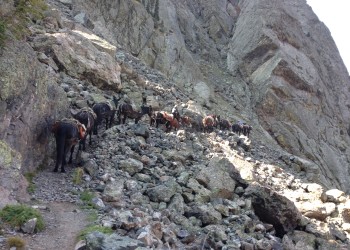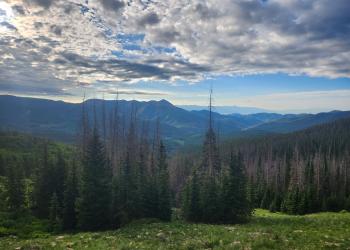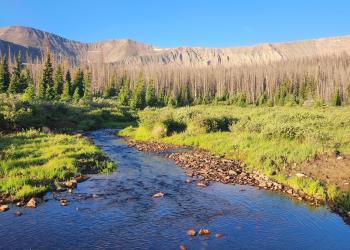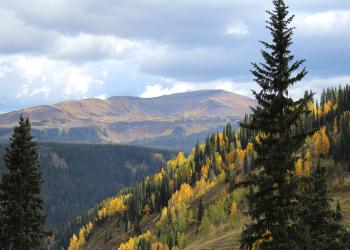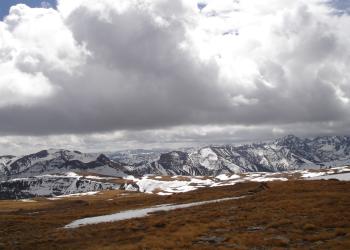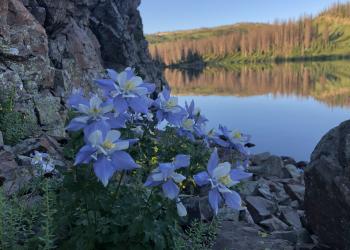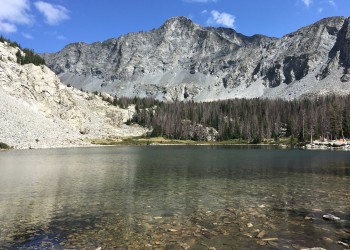Welcome to the Rio Grande National Forest!
The Rio Grande National Forest spans over 1.8 million acres in a forested ring around the San Luis Valley in south-central Colorado. From the high peaks of the Sangre de Cristo Range to rugged canyons and ancient calderas, the forest offers year-round opportunities for sightseeing and abundant recreational activities.
We've got a new look!
In April 2025, we transitioned to a new web platform to better serve the public. With thousands of pages to update, some content may take additional time to appear. Some older content has been archived during this move as well.
We appreciate your patience as we work to make it easier than ever to access information and explore your national forests - both online and on the ground.
If you cannot find what you are looking for, please contact your local Forest Service office or submit your question using the form on our Contact Us page.
Photos From Around the Rio Grande National Forest
Explore the Rio Grande through photos taken by our staff.




